There can be your advertisement
300x150
High-Speed Internet in a Private House, Like in a City Apartment: Connection Guide
High-quality internet in a country nest is not a dream, but a reality
Every day more and more people dream of escaping the concrete jungles to the countryside. However, some are deterred by the issue of internet connection: if Wi-Fi is too slow, remote work becomes a real challenge, and watching favorite movies at night becomes impossible — films simply won't load.
The problem also affects those already living in private sectors: it's not always possible to connect the same high-speed and quality internet as in a regular apartment in a country house. Yet access to the network is an inseparable part of our lives.
But don't despair and give up yet. We tell you how to ensure yourself with fast and stable internet if you live in a private house.
Explore methods of connecting internet
There are many ways to connect internet in private homes, but if we're talking about high-speed connection, the number of suitable options decreases. For example, in this case, connecting internet via a telephone cable may not be suitable — there is a high chance that the speed will not meet your expectations. Mobile internet cannot boast of signal stability, and satellite internet is more suitable for remote and isolated houses.
 Photo: pexels.com
Photo: pexels.comTraditionally, when connecting, people choose fiber-optic cable — it provides a stable signal with high speed. The advantages don't end there: such internet is fast to set up, tariff costs are low, and customers can use it without limits and enjoy a quality connection.
WNGN (Wireless Next Generation Networks) technology is a more modern format. You will get speeds up to 300 Mbit/s, which is enough for any tasks and entertainment. Files will download without delays, and movies won't stop at the most interesting moment. Among the advantages are the reliability of the connection due to combining several channels (optical, copper, and radio) and good signal strength in any weather.
Assess your needs
This point may seem obvious, but it doesn't make it any less important. We use the internet differently: some watch movies, others download gigabytes of information for work, and some only need to load small documents.
Before choosing a provider, it's important to understand how many devices will be connected to the internet: if you choose a tariff plan for 1–2 gadgets, but seven people use it at once, there won't be good speed. And few would want to hear angry comments from kids whose cartoons don't load while you're working.
 Photo: pexels.com
Photo: pexels.comFind providers operating in your area
After you've studied methods of connecting internet and your own needs, it's time to choose a provider. Be prepared that your expectations might not match reality: services and technologies depend on location — if your plot is far from the city, there might be fewer connection options.
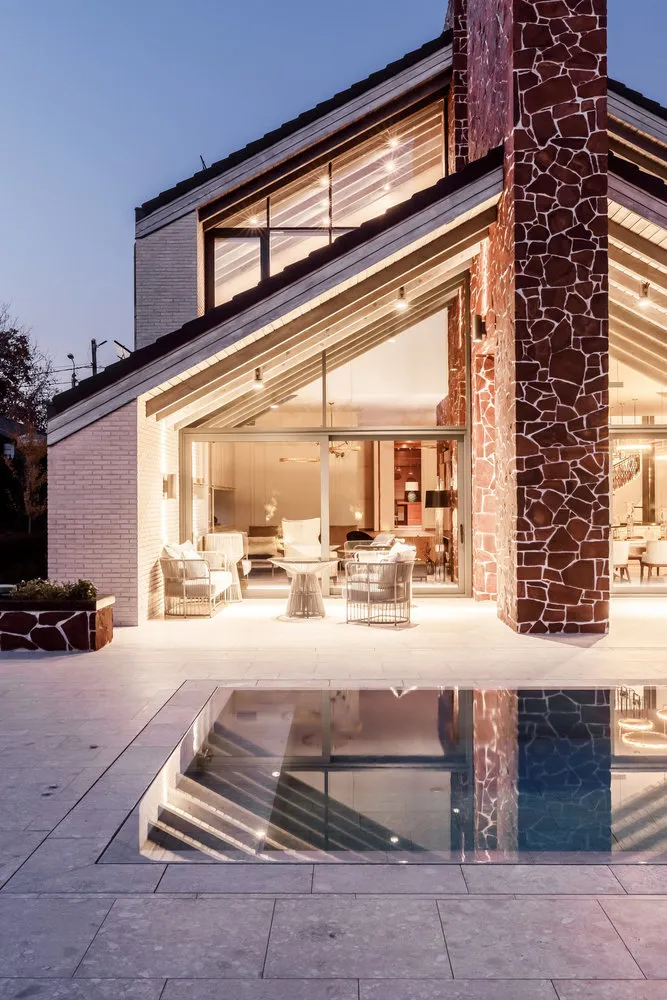 Design: Chado Architectural Bureau
Design: Chado Architectural BureauTip from INMYROOM: If you want fast and stable internet without extra hassle, choose modern and large providers. Internet for private houses from Dom.ru is a reliable assistant in organizing comfortable stay in the countryside. Wi-Fi will work stably and without interruptions, and online games and movies won't freeze even if you're far from the city.
The signal will not disappear in the living room, on the terrace, or in a treehouse — high-speed internet with GPON technology allows providing customers with speeds up to 600 Mbit/s. Dom.ru's speed compliance is checked every 30 seconds — this capability is provided by modern monitoring systems. If questions arise, the support team will answer them at any time of day or night.
Choose a router and necessary equipment
Setting up a Wi-Fi network is another important step towards good internet. Special attention should be paid to the router, more precisely its coverage area — this characteristic shows how far your Wi-Fi will work. For example, the Wi-Fi TP-Link Archer EC220_G5 ERT router guarantees good coverage due to four antennas: files will download instantly, online games won't freeze at critical moments, and movies will have excellent quality.
A router with quality antennas will provide excellent internet not only in the house itself but also on the property — you'll be able to work while sitting in the gazebo, and children will have the opportunity to walk outside and watch cartoons in fresh air.
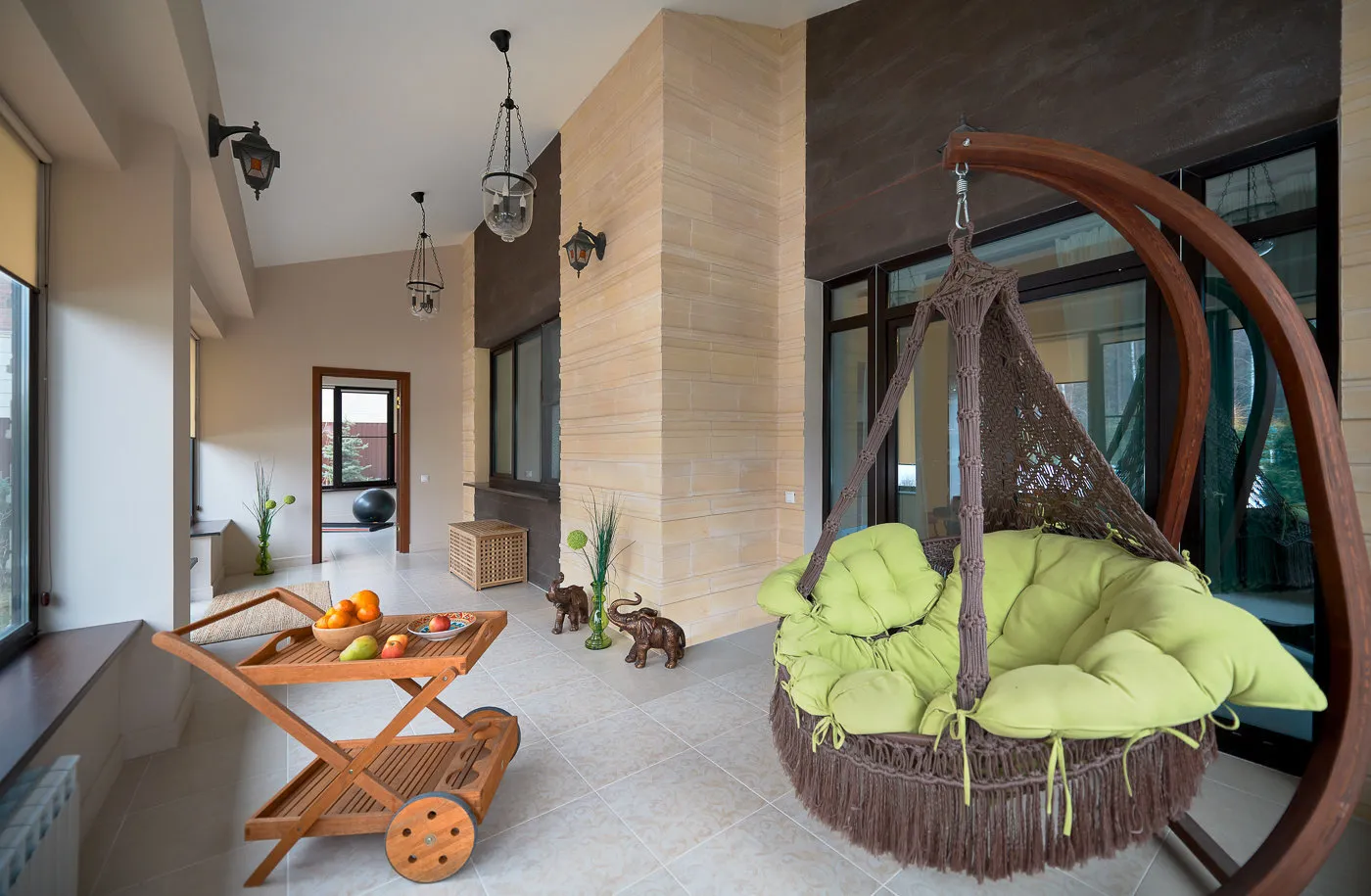 Design: Inna Azoraskaya
Design: Inna AzoraskayaTip from INMYROOM: Don't want to spend time choosing a router and accounting for all its characteristics, but you want stable internet? Dom.ru specialists will help: they'll create an individual project, taking into account the house's location, layout, and number of floors. Internet will catch you everywhere!
If you're lucky enough to own a large house and property, engineers will connect several Wi-Fi routers: stable internet will appear in every corner of your property.
The network will be connected in just one visit, and your interior will remain intact: to have high-speed internet in a private house, you don't need to sacrifice time or renovation.
Check the network coverage area and measure speed
Once the router is installed and internet arrives in your house, you need to check the Wi-Fi coverage area: walk through the house and the property grounds and monitor signal quality. If you use smart devices, make sure they're working — perhaps the signal didn't reach the leak sensors.
Also ensure that the speed isn’t significantly different from what's advertised: this can always be verified with the Speedtest service. Among the indicators, pay special attention to ping: the lower it is, the better the connection quality.
 Photo: pexels.com
Photo: pexels.comIf everything is to your liking, congratulations! Now you can enjoy quality and fast internet that is no less than the connection in city apartments.
Photo on cover: design project of Chado Studio
More articles:
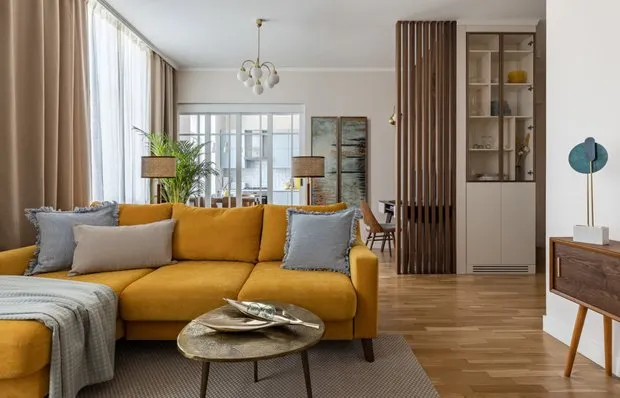 How to Improve the Interior of a Rental Apartment: 8 Budget-Friendly Ideas from Professionals
How to Improve the Interior of a Rental Apartment: 8 Budget-Friendly Ideas from Professionals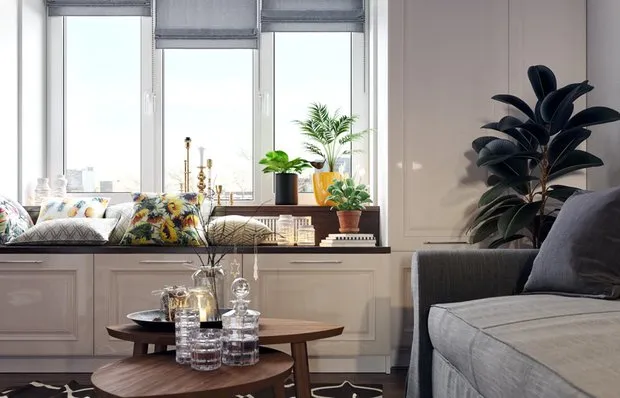 How to Make Roman Shades by Yourself: Detailed Instruction
How to Make Roman Shades by Yourself: Detailed Instruction 11 Super Deals at IKEA Under 1500 Rubles
11 Super Deals at IKEA Under 1500 Rubles Top 10 Most Low-Maintenance Plants for the Garden
Top 10 Most Low-Maintenance Plants for the Garden What Sockets Are Usually Forgotten During Renovation
What Sockets Are Usually Forgotten During Renovation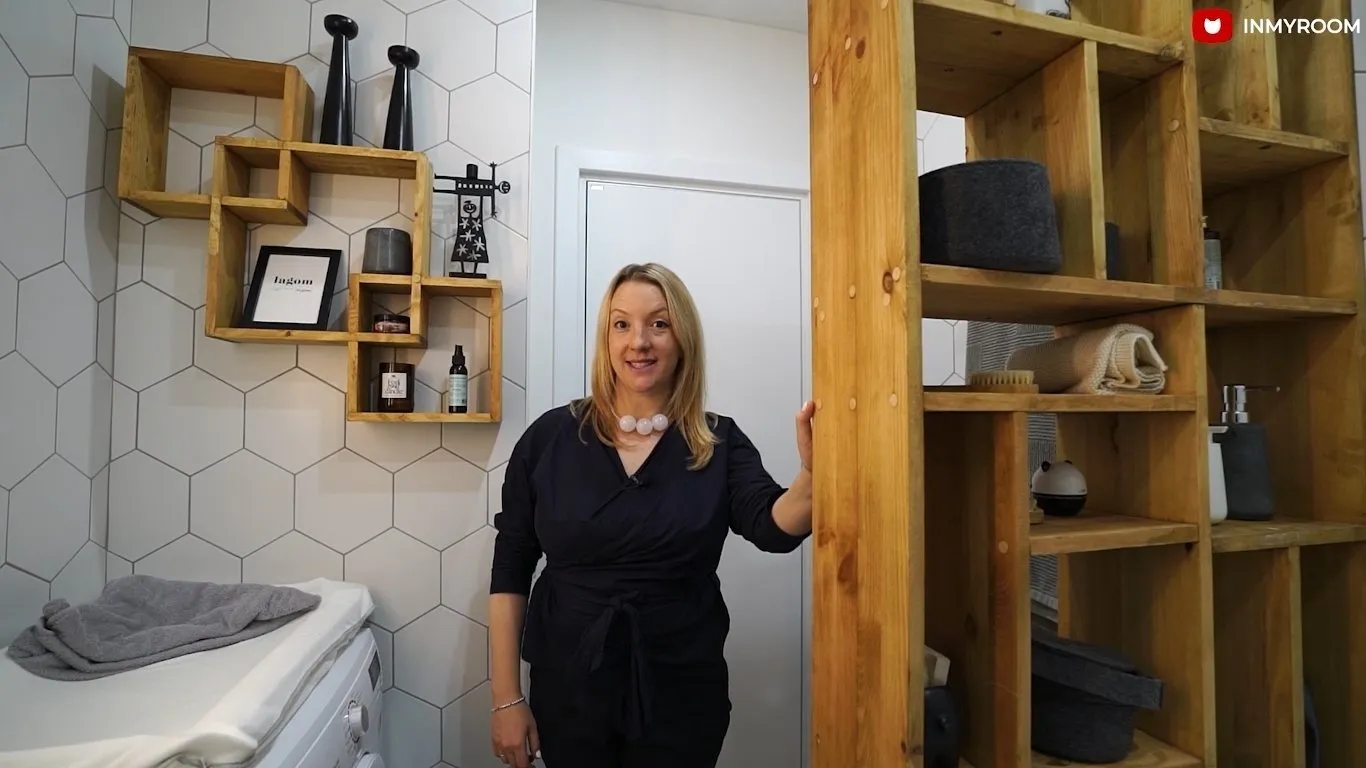 Scandinavian Bathroom 4.5 sqm, Thoughtful to the Last Detail
Scandinavian Bathroom 4.5 sqm, Thoughtful to the Last Detail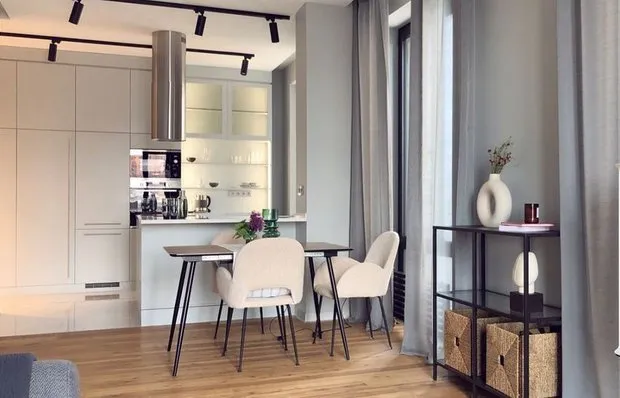 9 Ideas for Furnishing a 11 m² Kitchen That You'll Definitely Want to Replicate
9 Ideas for Furnishing a 11 m² Kitchen That You'll Definitely Want to Replicate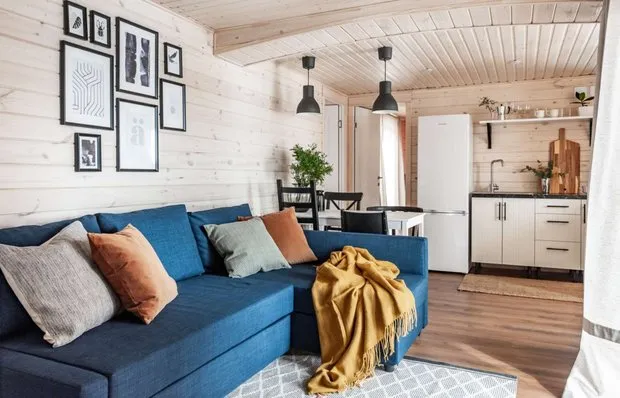 How to Decorate a Cottage for 375 Thousand Rubles: Interior That Everyone Can Replicate
How to Decorate a Cottage for 375 Thousand Rubles: Interior That Everyone Can Replicate